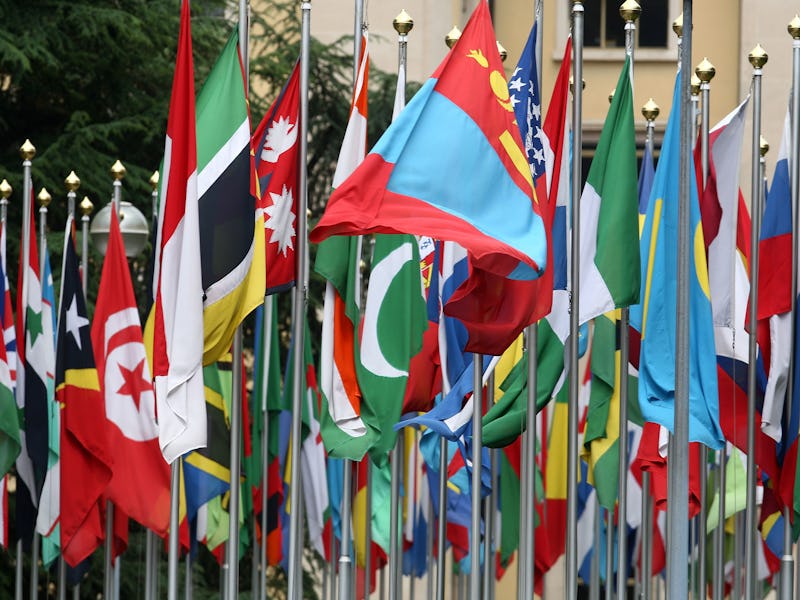Google's New Language A.I. Could End the Bad Translation Memes

Google has given its translation tools a much-needed boost, using a revolutionary new system that should help to quell long-voiced criticisms about the tool’s accuracy. The new system uses deep learning artificial intelligence to work out for itself what the best translation would be, rather than using hard-coded recipes for how languages come together.
Google’s Neural Machine Translation system (GNMT) works differently to the original phase-based machine translation (PBMT) system, in that it aims to “learn” by itself how languages may translate. Sometimes, GNMT even breaks apart individual words to work out how they may translate, and researchers don’t entirely understand the process at work. “It can be unsettling, but we’ve tested it in a lot of places and it just works,” Google researcher Quoc Le told MIT Technology Review.
Google has rolled out the new system to Chinese to English translations, covering around 18 million daily translations. The testers also found good results with French and Spanish translations, but these won’t be launching just yet. The team is planning a staggered launch of the new technology over the coming months.
The improvements should speak for themselves. In tests, researchers found GNMT-powered translations were up to 85 percent closer in accuracy to high-quality human translations than the original system. On average, errors were reduced by 60 percent.
GNMT could put an end to the days of mockery from users, baffled by some of Google Translate’s sometimes bizarre results:
The improvements have far-reaching implications for many products, which depend on Google Translate to function. Google Chrome and Gmail both use the service to translate web pages automatically, while the company’s smartphone app has the ability to translate real-world text using augmented reality technology:
Whether GNMT will remain as reliable when faced with millions of daily translations remains to be seen, but with some of the mangled translations the PBMT system was producing, in some cases the bar will be fairly low for improvement.